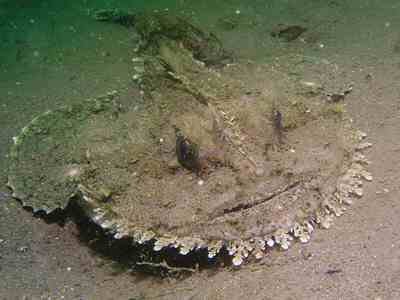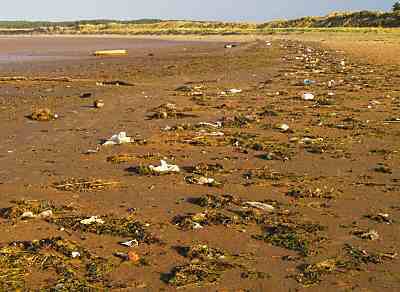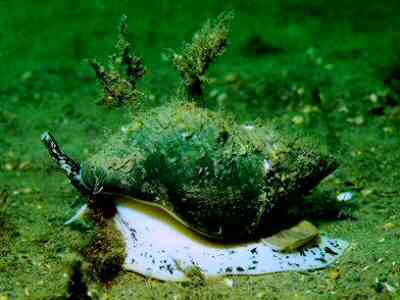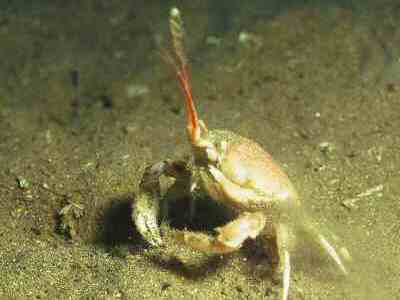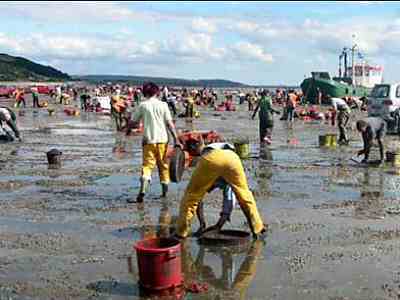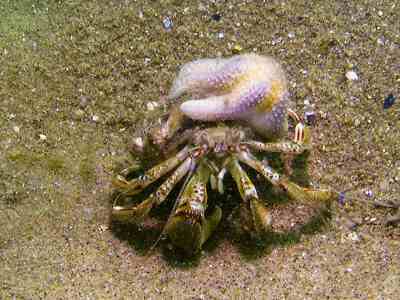Management
Ensuring that wildlife and people co-exist in harmony necessitates the careful and appropriate management of threatening or damaging coastal and maritime human activities. Â Both the EU Habitats Directive and the UK Habitats Regulations recommend the development and implementation of integrated, site-specific, collaborative management schemes as the best way of achieving the necessary management.
The Habitats Regulations give the responsibility for management  to the relevant authorities for the site. .  The Carmarthen Bay & Estuaries’ relevant authorities worked together as the site’s Relevant Authorities Group to prepare a management scheme which sets the framework within which activities in the Carmarthen Bay & Estuaries EMS need to be managed by relevant and competent authorities, individually and collectively, in ways compatible with the achievement of the conservation objectives.
Management must deliver multiple objectives.  It must safeguard species, habitat structures and ecosystem functions from pressures and threats. It must also be precautionary but take account of socio-economic needs, accommodate natural short and long term dynamism, changing uses and pressures and the effects of climate change and accommodate a great deal of uncertainty. These requirements necessitate an ecosystem approach and adaptive management.
However,  these concepts are poorly understood, there is limited agreement on how to implement them and they require a great deal of knowledge which is both hard and expensive to obtain. They are, therefore, very hard to achieve in the real world and without possibly prohibitive financial resources. Consequently, for the foreseeable future it seems likely that management decisions will have to be based on the best knowledge available, despite its limitations, and be precautionary in circumstances where risk is likely even though not conclusively demonstrated.
Conservation objectives
Regulation 35 of the Habitats Regulations requires the Countryside Council for Wales (CCW) to advise the relevant authorities for European Marine Sites as to “the conservation objectives for that site†and “any operations which may cause deterioration of natural habitats or the habitats of species, or disturbance of species, for which the site has been designated.â€
Further detail is contained in CCW’s Regulation 35 advice document “Carmarthen Bay & Estuaries European Marine Site: Advice provided by the Countryside Council for Wales in fulfilment of Regulation 33 of the Conservation (Natural Habitats, &c.) Regulations 1994.†available here (1.2Mb pdf).
The management scheme is being prepared to meet an agreed purpose, vision and strategic objectives, and following clearly stated management principles.
This scheme is being designed as a long-term, rolling programme with a time-scale of 30 years. Â Within this period, the scheme will be substantially reviewed at six yearly intervals (in parallel with the EU reporting cycle) and revised and rolled forward accordingly.
>

